(5141 products available)


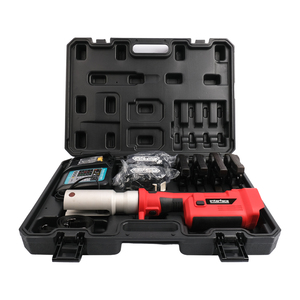
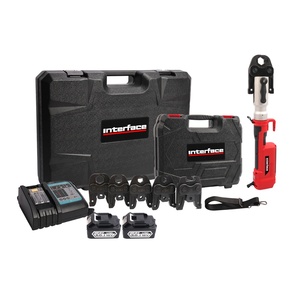
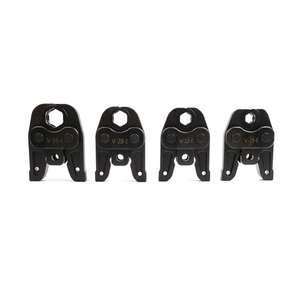









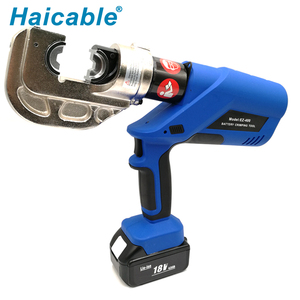

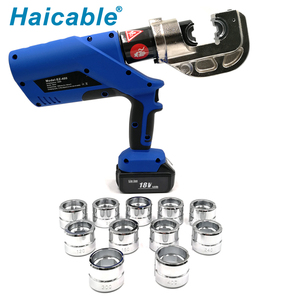









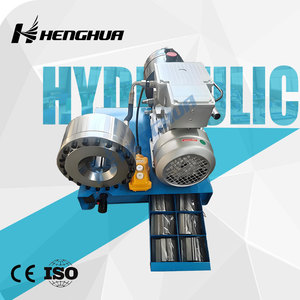
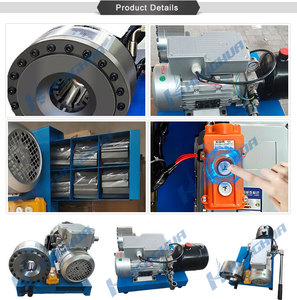








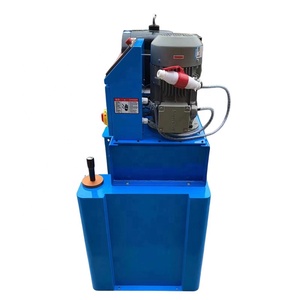


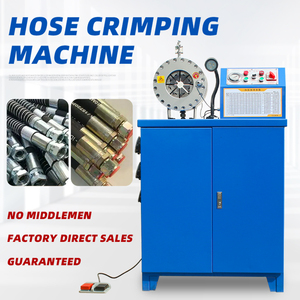









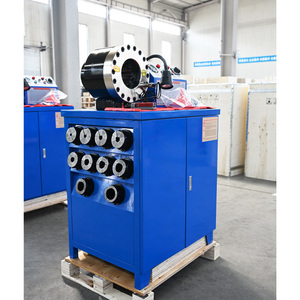




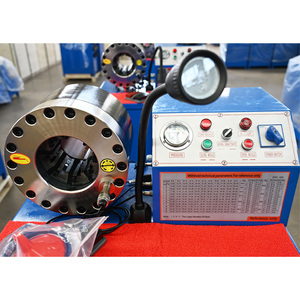






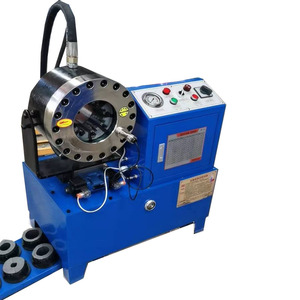
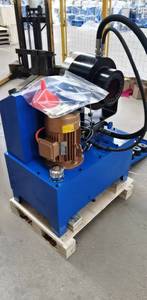



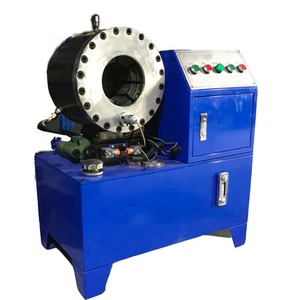

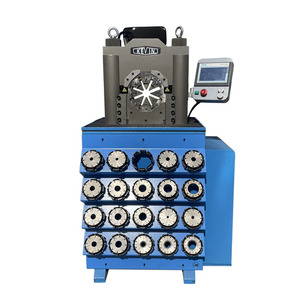
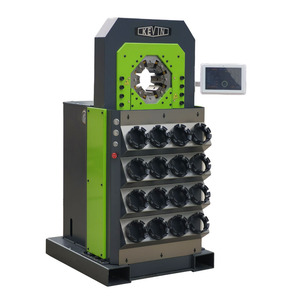




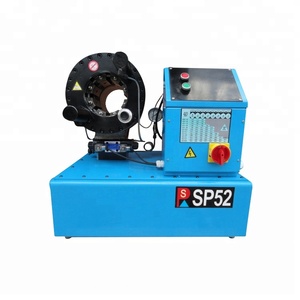
































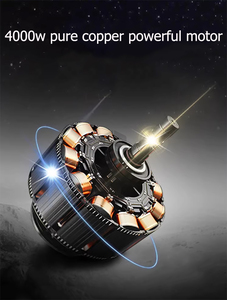
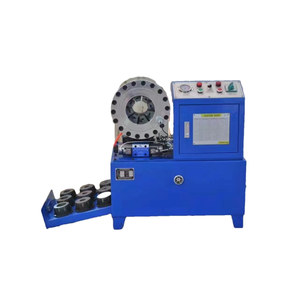

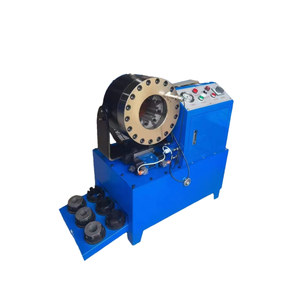
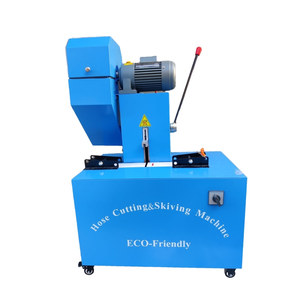









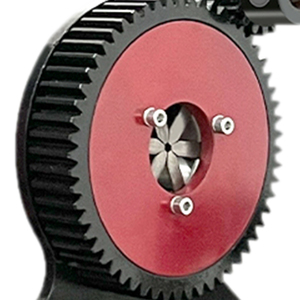


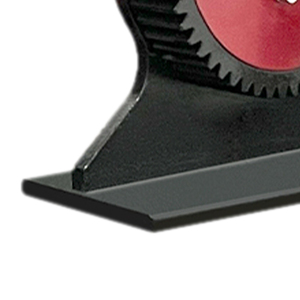






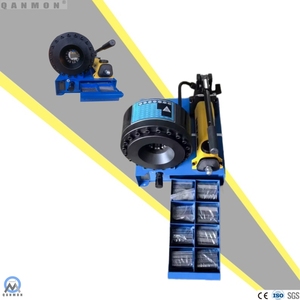
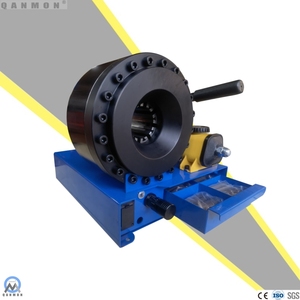
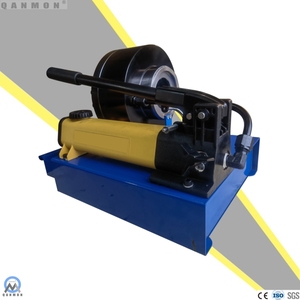

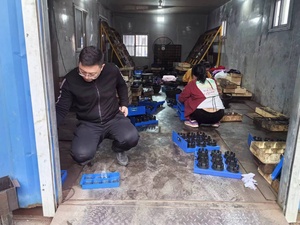




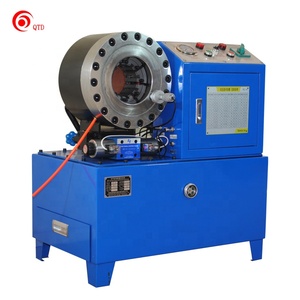

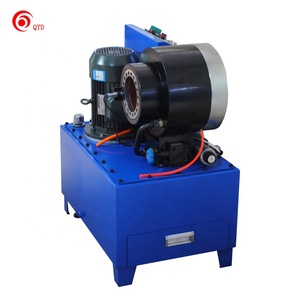



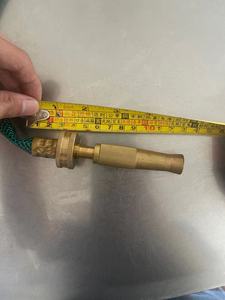
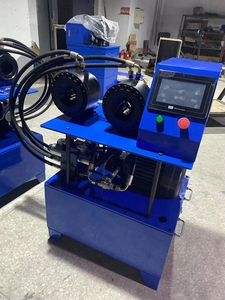
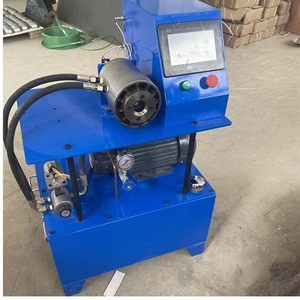
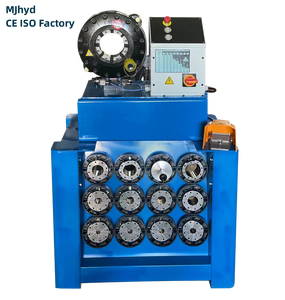








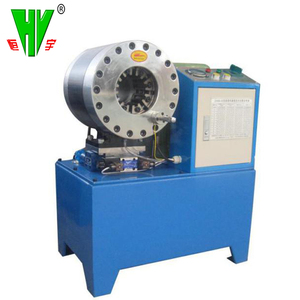
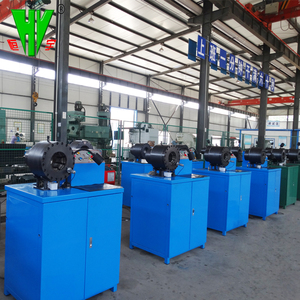
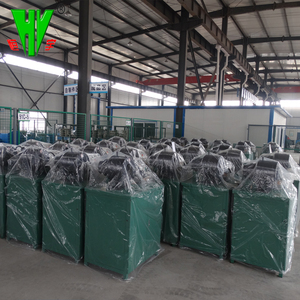

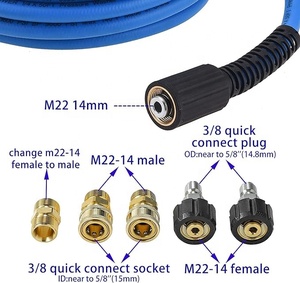
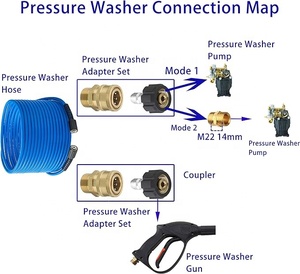
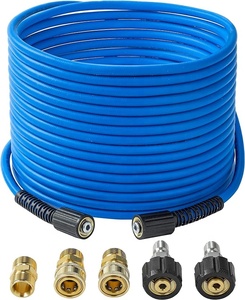













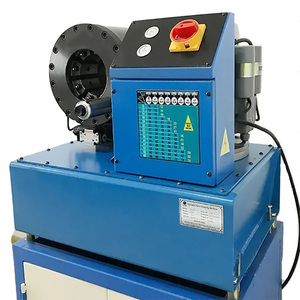



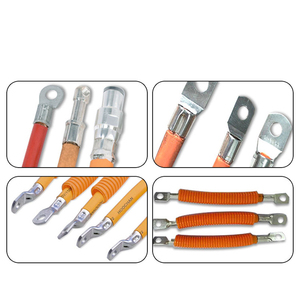

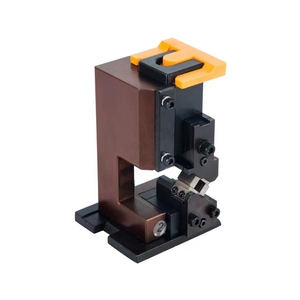






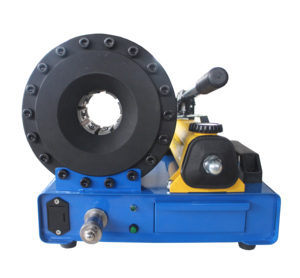

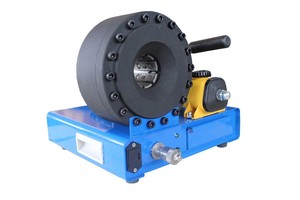
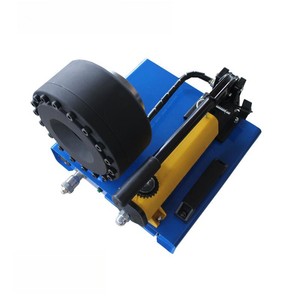
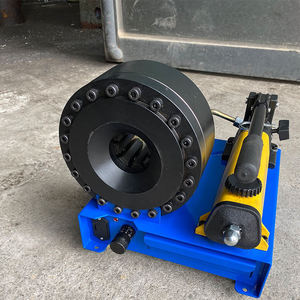







Types of Press for Crimping of High-Pressure Hoses
The function of a press for crimping of high-pressure hoses is to fit the end fittings precisely onto the rubber high-pressure hoses to make assemblies that can resist the demanding work conditions. Though all crimping machines have the same fundamental aim, they can have various designs.
Hydraulic crimping machines are the industrial standard for crimping high-pressure hydraulic hoses. They are built to handle heavy-duty use, provide secure fittings, and have a large crimping range to accommodate different types of hydraulic hoses. These machines use hydraulic power to crimp metal fittings onto the ends of hydraulic hoses. The main advantage of hydraulic crimping machines is their capacity to crimp high-pressure hoses with large diameters and their durability and reliability under constant use, which makes them the best choice in industrial settings where high-pressure hydraulic hoses are used. Various types of hydraulic crimping machines can be categorized depending on the specifications of the machine.
Specifications of a high-pressure hose crimping press may vary depending on the type and brand, but crucial spec details to consider when buying include crimping size, pressure, die threading, template and die profile, force, voltage, wattage, and current.
To prolong the usefulness of a high-pressure crimping machine, it is essential to maintain it correctly. Some maintenance practices include the following:
Crimping machines for hydraulic hoses are used in industries that manufacture, install, maintain, or use hydraulic systems and machinery. Such industries include the construction, mining, agriculture, oil and gas, marine, hydraulics service centers, and automation industries.
In the construction industry, high-pressure hoses are used in large construction machinery and equipment such as excavators, cement, and concrete pumps, among others. The mining industry also uses high-pressure hoses in the same manner as the construction industry, especially on equipment and machinery that operate under very high-pressure and high-temperature conditions. In the agriculture industry, high-pressure hoses are mostly used in specialized farming machinery such as those used for farm irrigation and industrial-scale farm equipment. The oil and gas industry mostly uses high-pressure hoses to transport crude oil and gas from extraction points to refineries. They are also used in specialized machinery and equipment such as pressure control systems, fluid power systems, and offshore drilling equipment.
The automation industry utilizes high-pressure hoses in automated factories and manufacturing plants. The same applies to the service center industry. Crimping machines are essential in these industries so that hydraulic hoses can have end fittings attached to them for those high-pressure hoses to function properly.
When buying a crimping machine for high-pressure hoses, it is essential to consider the following factors:
Capacity and range:
When selecting a crimper, it is vital to get one that has the capacity to handle different types of hydraulic hoses and fittings. Customers may choose a machine that is capable of crimping hoses with outer diameters ranging from small to large, as well as crimping pressures for high-pressure hoses.
Automation and user-friendliness:
Consider whether the desired crimper is manual, semi-automatic, or fully automatic. Automatic machines are faster, easier, and more efficient to operate than manual ones. Although semi-automatic and fully automatic crimpers may require a little more maintenance and cost to operate, they are better choices for businesses with high production volumes.
Durability and build quality:
Focus on the crimper's construction and materials since this will ensure dependable performance and long-lasting use under demanding operating conditions. Look for features like heavy-duty frames, sturdy rollers, reliable motors, and robust hydraulic systems
Hose and fitting compatibility:
Ensure that the crimper chosen is compatible with the types of hydraulic hoses and fittings to be used. Verify that it can accommodate different hose constructions, such as fiber-reinforced or steel-reinforced hoses, and that it has interchangeable dies for various fitting shapes.
Safety features:
It is important to prioritize the crimper's safety mechanisms. Look for features such as emergency stop buttons, safety guards, and overload protection. These help minimize the risk of accidents and ensure operator safety during crimping operations.
Aftersales services and support:
To be on the safe side, choose a supplier that offers reliable after-sales support. Ensure that they can provide timely servicing, spare parts availability, and technical assistance if needed. A responsive supplier can help maintain the crimper's performance and address any issues that may arise.
Q1. What is the difference between a crimp and a compression fitting?
A1. While both functions involve inserting into the hose or fitting and squeezing to achieve a secure connection, they are not the same. Crimping usually uses a mechanical press to form a permanent bond between two pieces, usually high-pressure applications. On the other hand, compression fittings do not require a machine and can provide temporary connection a faucet or gas line.
Q2. What are crimp sizes?
A2. Crimp sizes are the diameter or measurement of a crimped fitting usually stated in inches or millimeters. It is essential to know the sizing when press for crimping of high-pressure hoses to ensure compatibility and secure connections between hoses and fittings.
Q3. What Kind of power does a crimping press use?
A3. Crimping machine employs one of the three types of powers used to crimp: hydraulic power, pneumatic power, or electric power. Whether using hydraulic oil under pressure, compressed air from a constant-built-in compressor, or electric motor-driven machines, the goal remains to offer consistent high pressure to crimp hoses.
Q4. Why is the crimping press important in the industry?
A4. Infrastructures and industries depend on it to ensure seamless operations of machineries and equipment, especially those that are pressure-bound or in high-pressure settings like manufacturing plants, refineries, and construction sites. It also works with different kinds of materials - metals, cables, pipes, and conduits - guaranteeing durability and functional life.